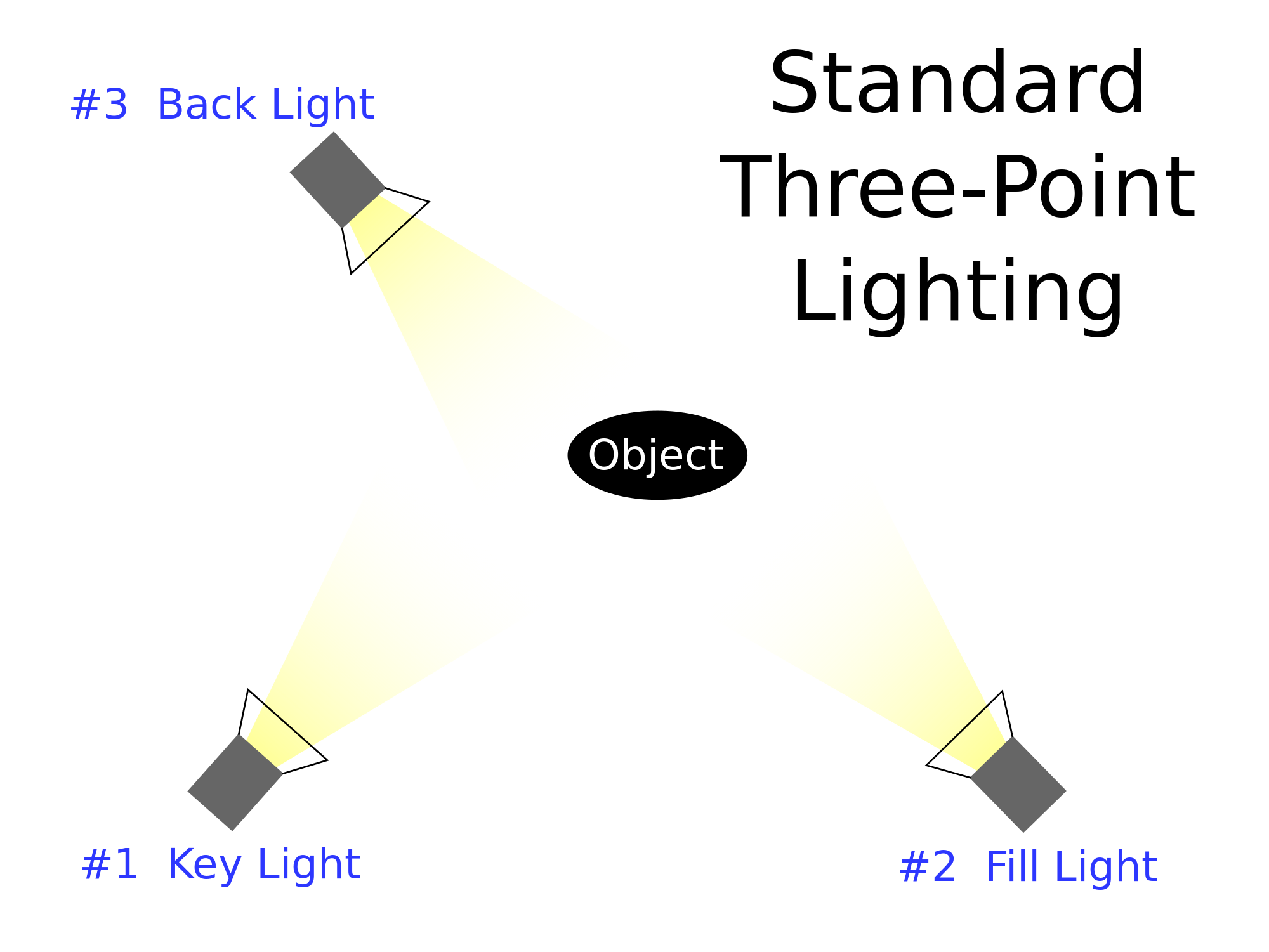Introduction to Foley sounds
Foley is the reproduction of everyday sound effects that are added to film, video, and other media in post-production to enhance audio quality. These reproduced sounds can be anything from the swishing of clothing and footsteps to squeaky doors and breaking glass. The best Foley art is so well integrated into a film that it goes unnoticed by the audience. It helps to create a sense of reality within a scene. Without these crucial background noises, movies feel unnaturally quiet and uncomfortable.
The history of Foley
 What is now called Foley is a range of live sound effects originally developed for live broadcasts of radio drama in the early 1920s in various radio studios around the world. Because no effective recording method existed in those days, a sound effects person had to create all sounds for radio plays live. Jack Donovan Foley started working with Universal Studios in 1914 during the silent movie era. When Warner studios released The Jazz Singer, its first film to include sound, Universal knew it needed to stay competitive and called for any employees who had radio experience to come forward.
What is now called Foley is a range of live sound effects originally developed for live broadcasts of radio drama in the early 1920s in various radio studios around the world. Because no effective recording method existed in those days, a sound effects person had to create all sounds for radio plays live. Jack Donovan Foley started working with Universal Studios in 1914 during the silent movie era. When Warner studios released The Jazz Singer, its first film to include sound, Universal knew it needed to stay competitive and called for any employees who had radio experience to come forward.  Foley became part of the sound crew that turned Universal's then-upcoming "silent" musical Show Boat into a musical. Because microphones of the time could not pick up more than dialogue, other sounds had to be added after the first film was shot. Foley and his small crew projected the film on a screen while recording a single track of audio that captured their live sound effects. Their timing
Foley became part of the sound crew that turned Universal's then-upcoming "silent" musical Show Boat into a musical. Because microphones of the time could not pick up more than dialogue, other sounds had to be added after the first film was shot. Foley and his small crew projected the film on a screen while recording a single track of audio that captured their live sound effects. Their timing
Psycho experiment
Our particular Foley experiment involved the shower scene from Alfred Hitchcock's 'Psycho' (1960). This scene had a variety of simple sounds to make with Foley, and so fitted our introductory task to the concept. Initially, we were given a large selection of everyday items to work with, while having a wide variety of sounds to make to match the shower sequence. Some examples of the Foley sounds we made are using a cabbage for a stabbing sound, a bowl of rice for the shower, and a water bottle for a shower drain. A few of the sounds that we made were replicating the action in the sequence, such as using a curtain to recreate the curtain in the scene, as well as a scream to replicate the iconic moment. The majority of the equipment that we used worked well and was very successful in recreating the chosen sound, however some were more difficult to reproduce than others. For example, the shower sound, made using rice, was challenging to not make the effect sound too harsh. However, this was overcome as we managed to dull the sound down in post-production, which was a useful skill that I developed over this task.
Evaluation
Before screening each of our sequences, we went through in detail how to critically criticise every individual video for its Foley sound effects. To do this effectively, we understood that we would have to write things that we liked about the video, while also parts of the sequence that we didn't think worked quite as well. While showing them, we began criticise the videos, looking at the Foley sounds, the timings of the effects, and how the music might match the scene. Throughout this activity, we learnt more and more about the Foley sound should be used and how, which allows us to use this technique further throughout the course.

No comments:
Post a Comment